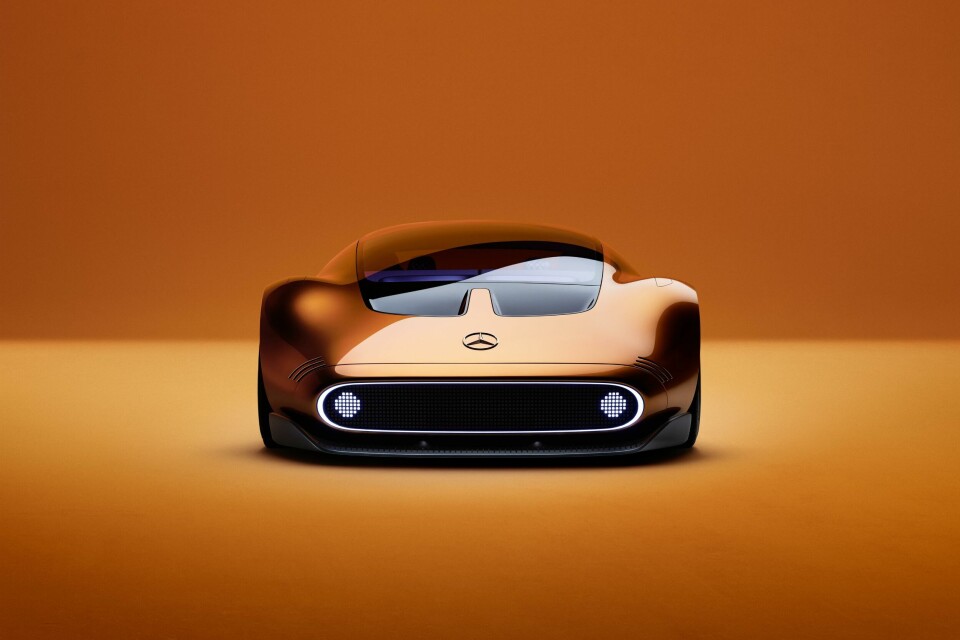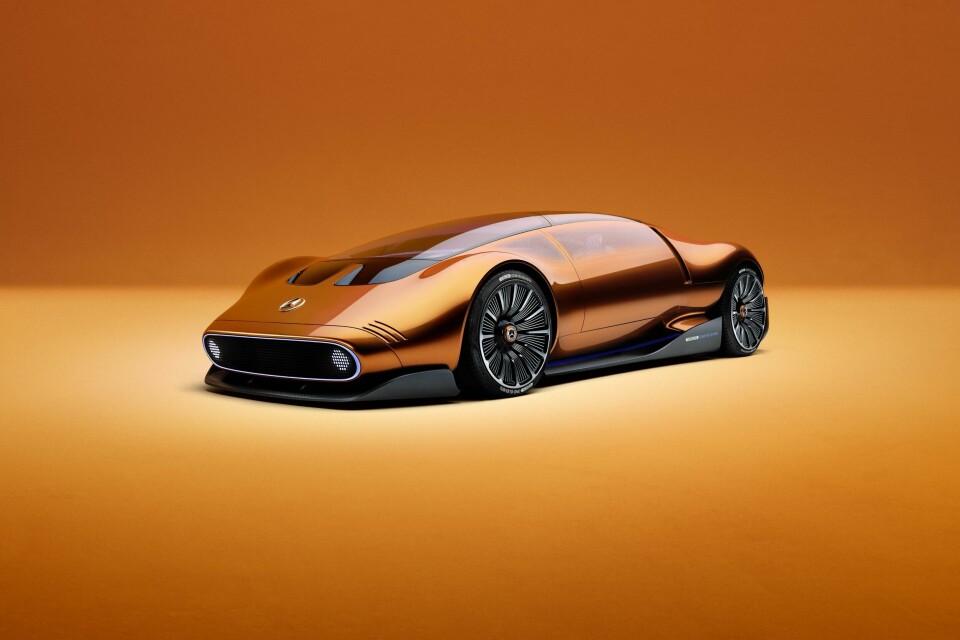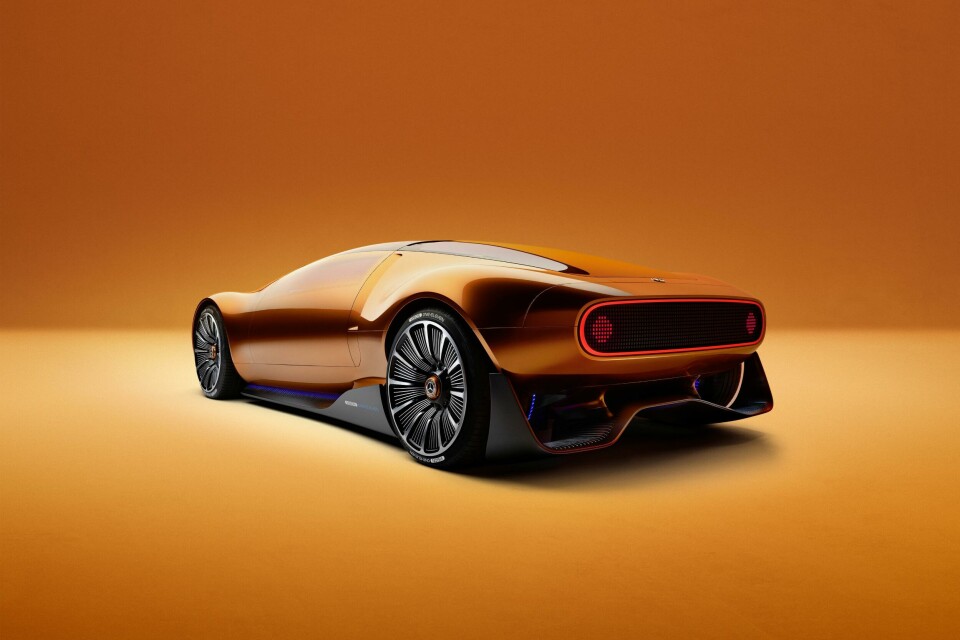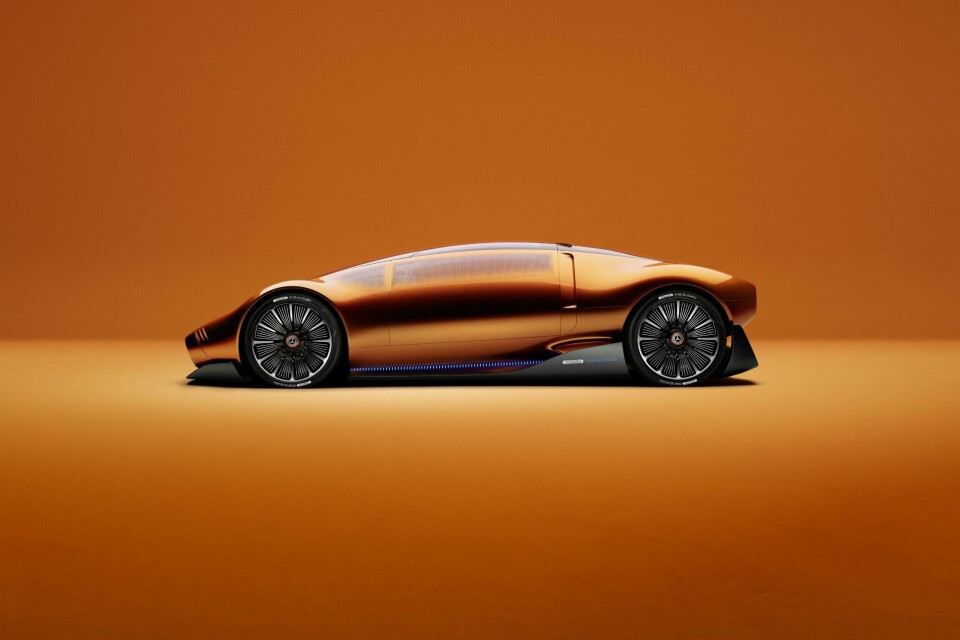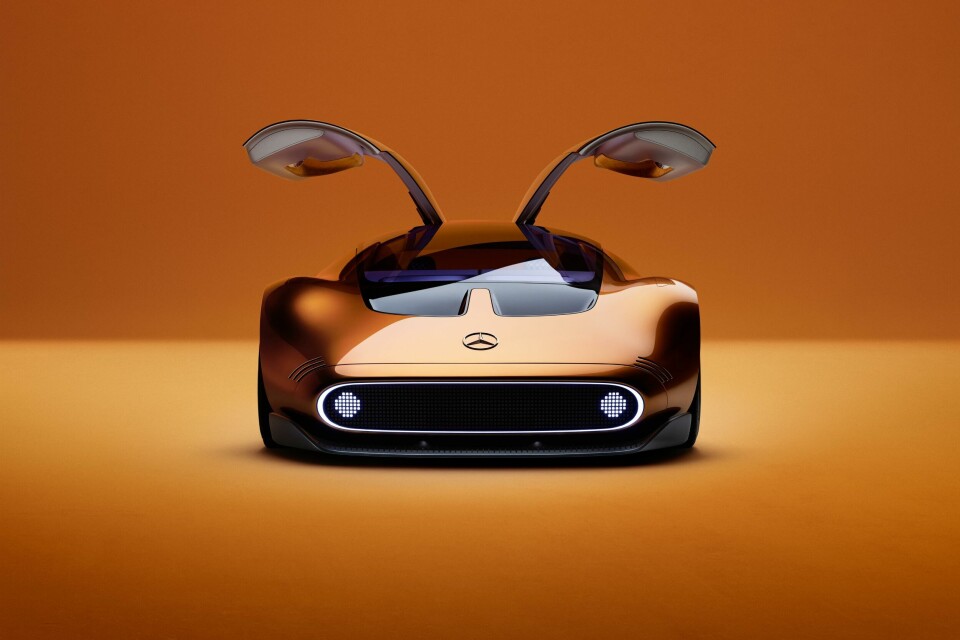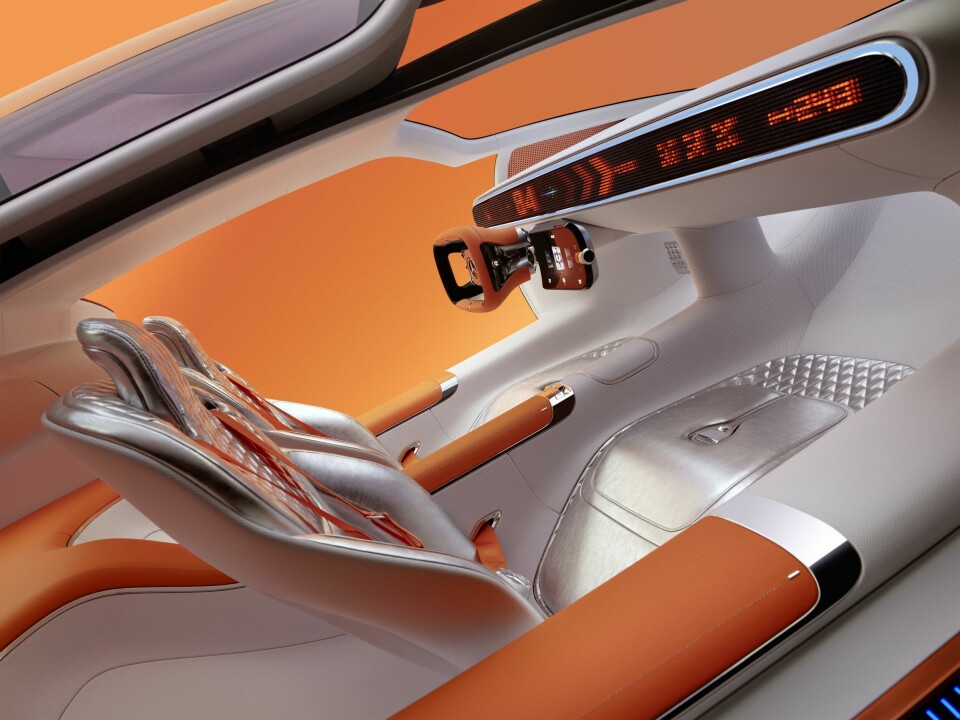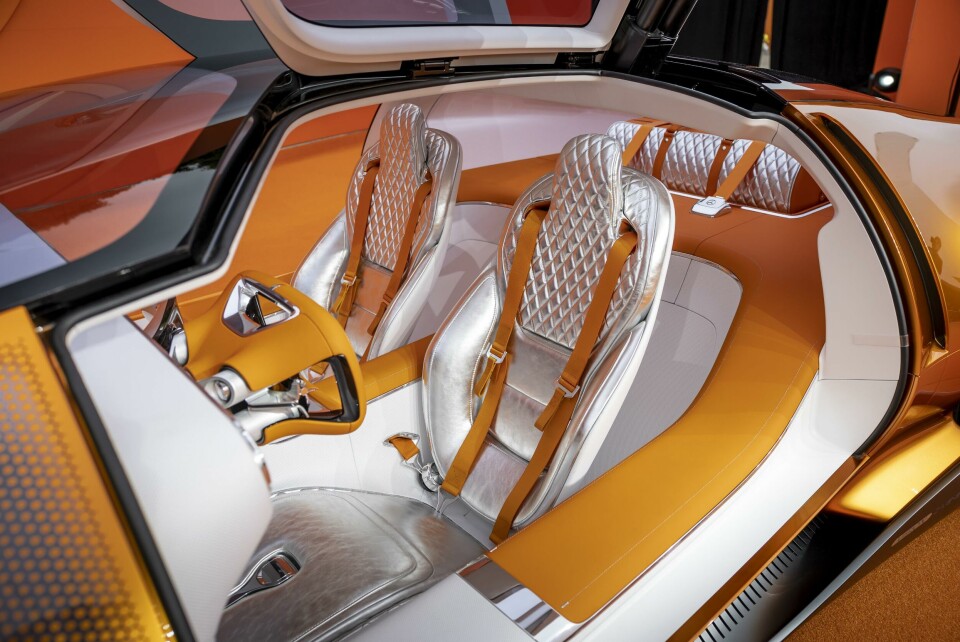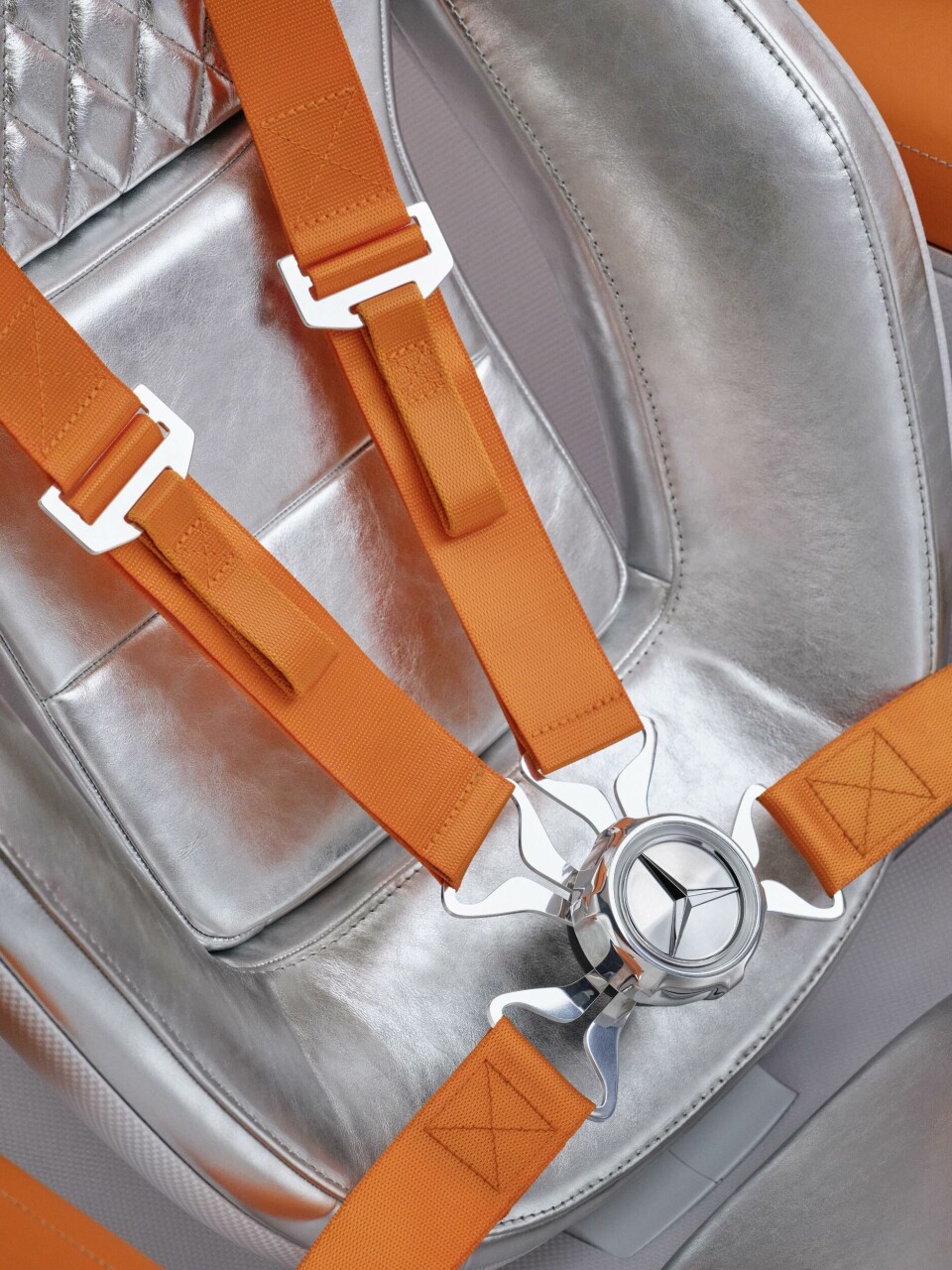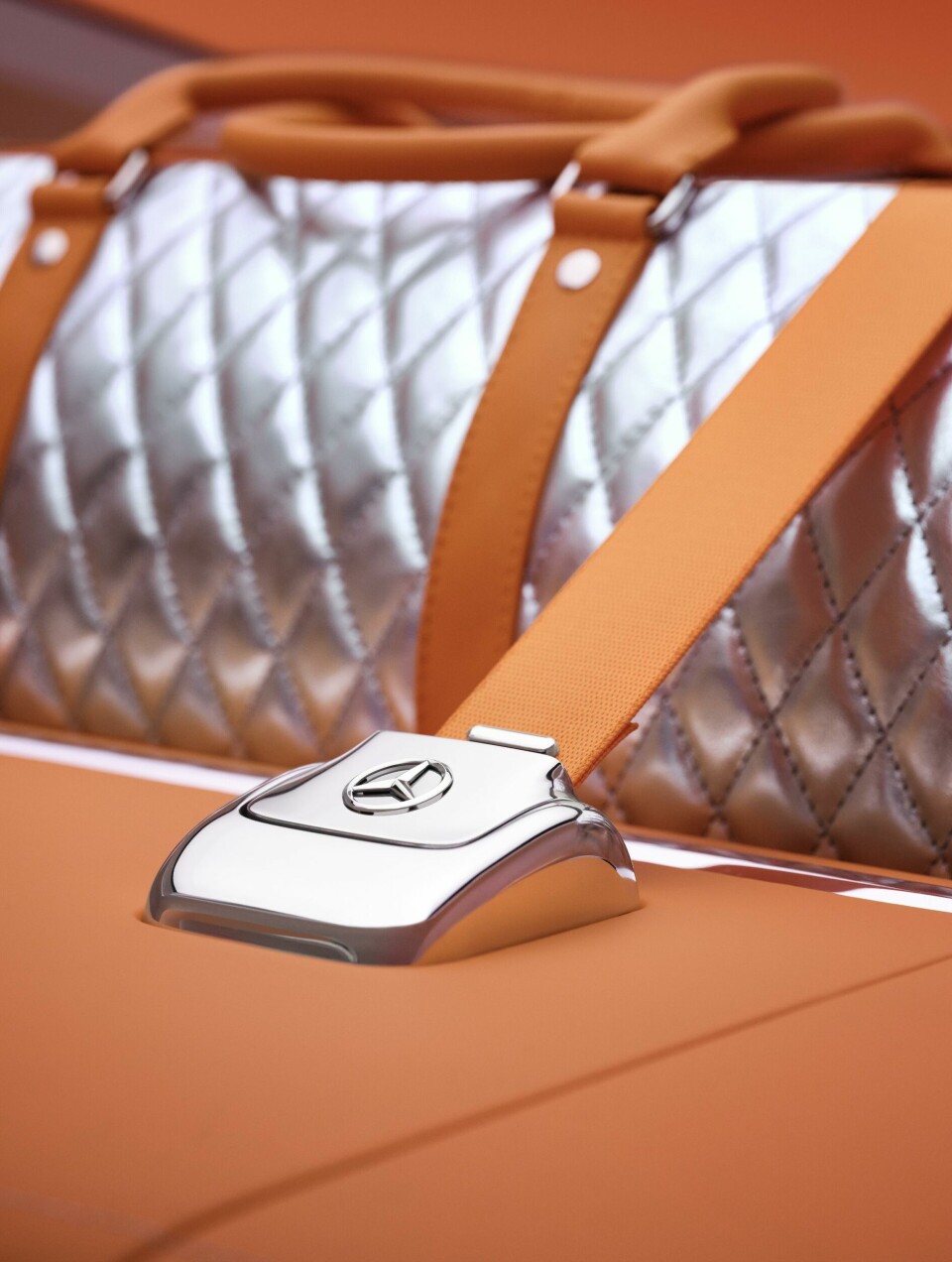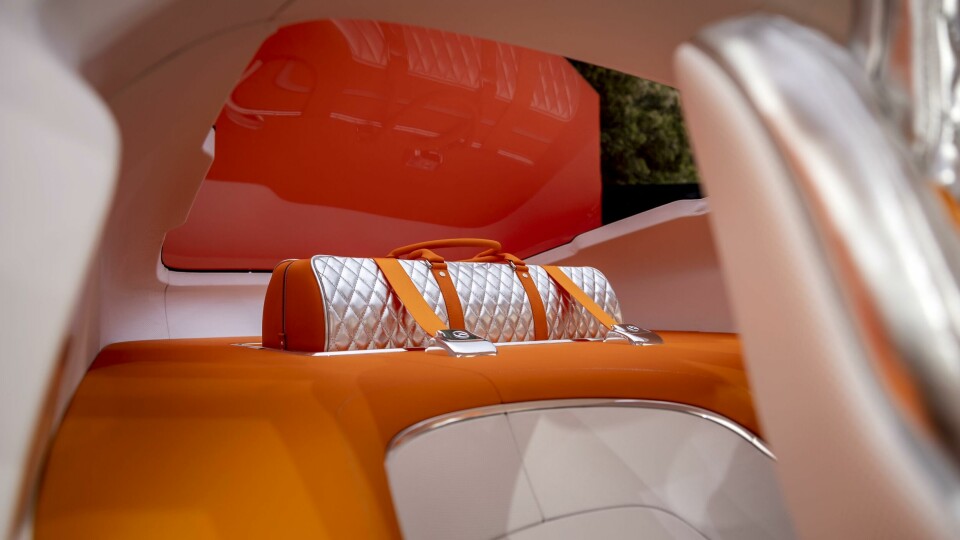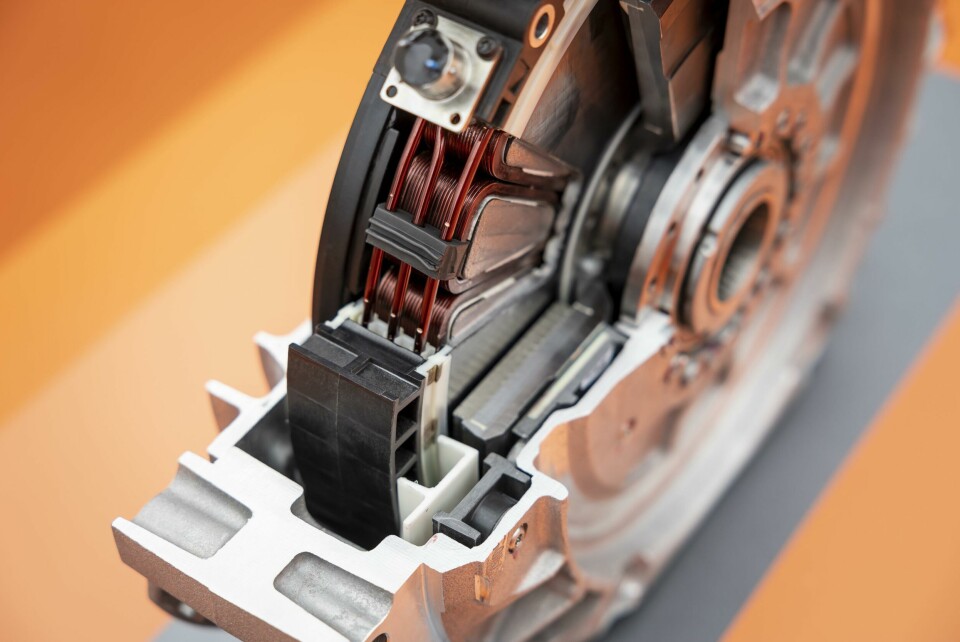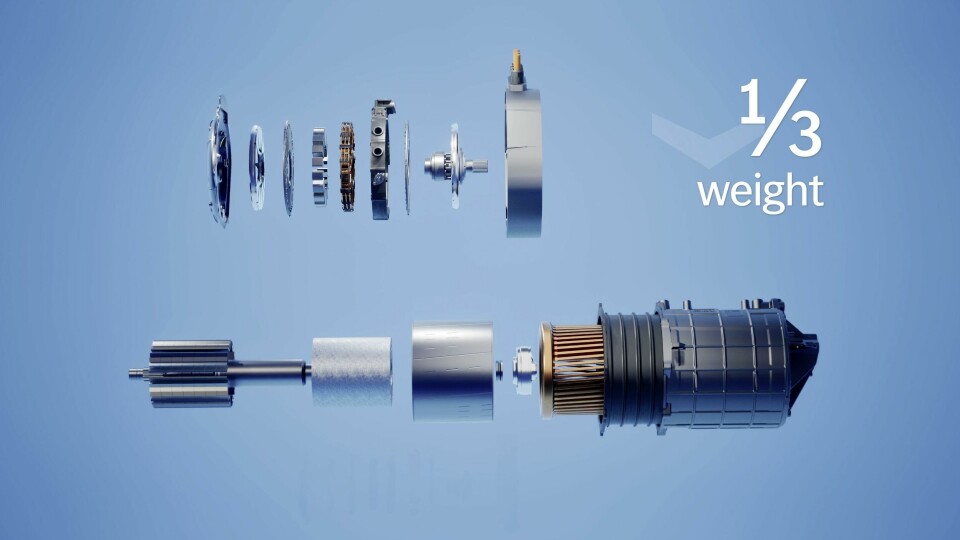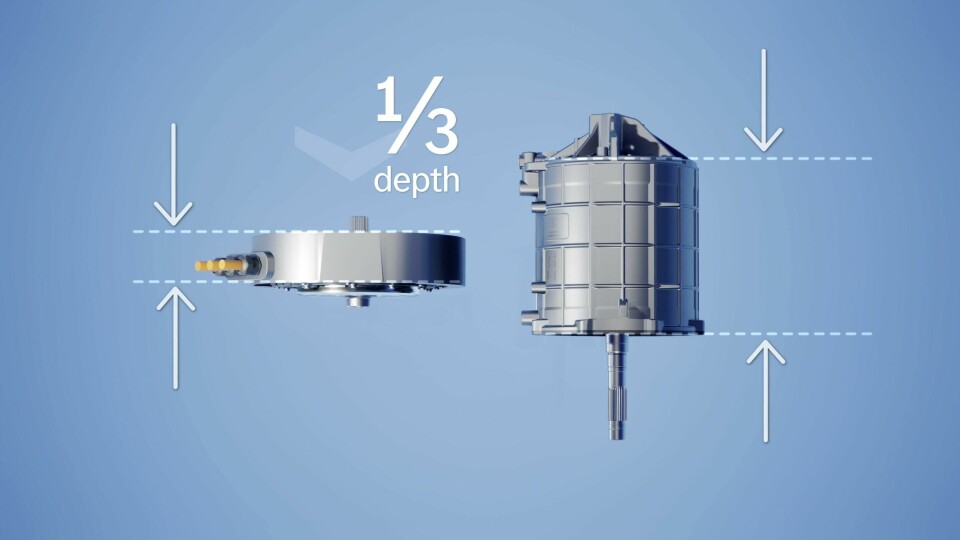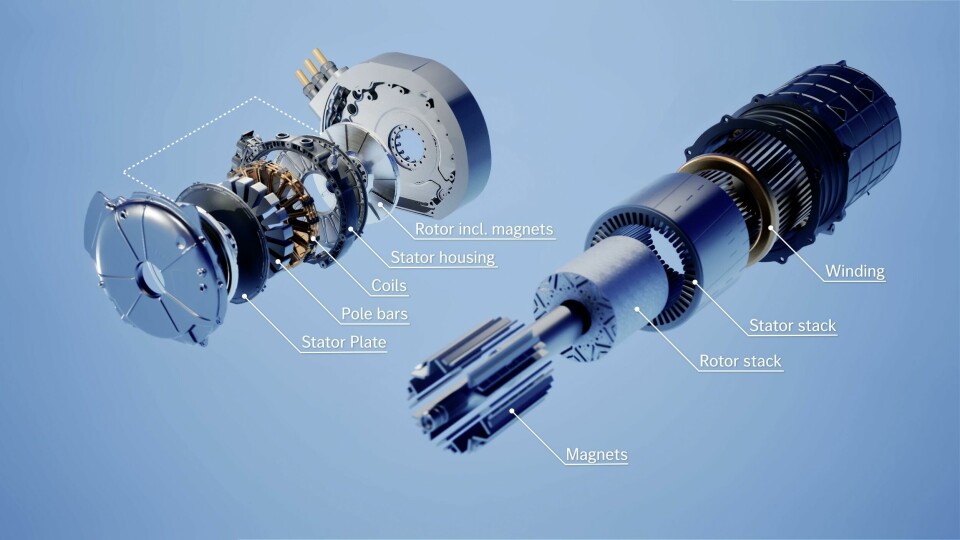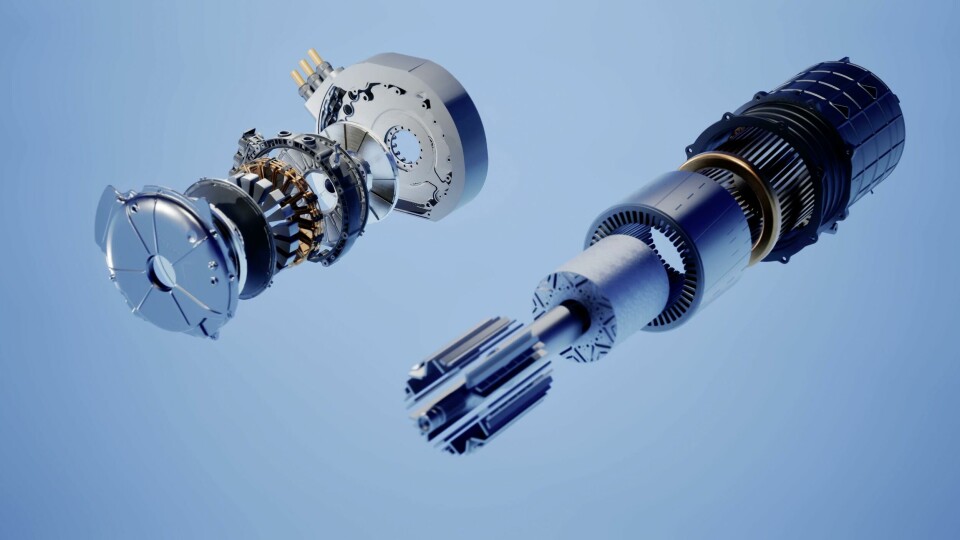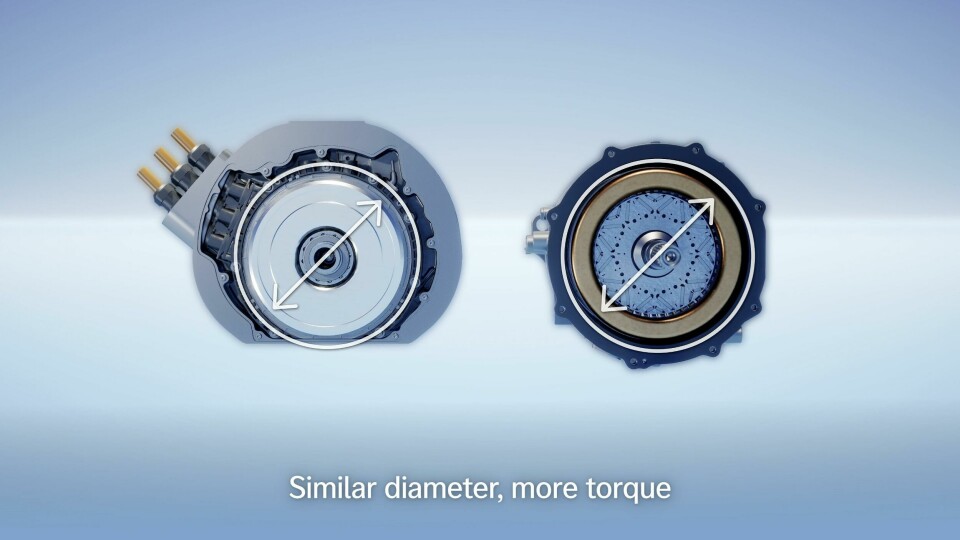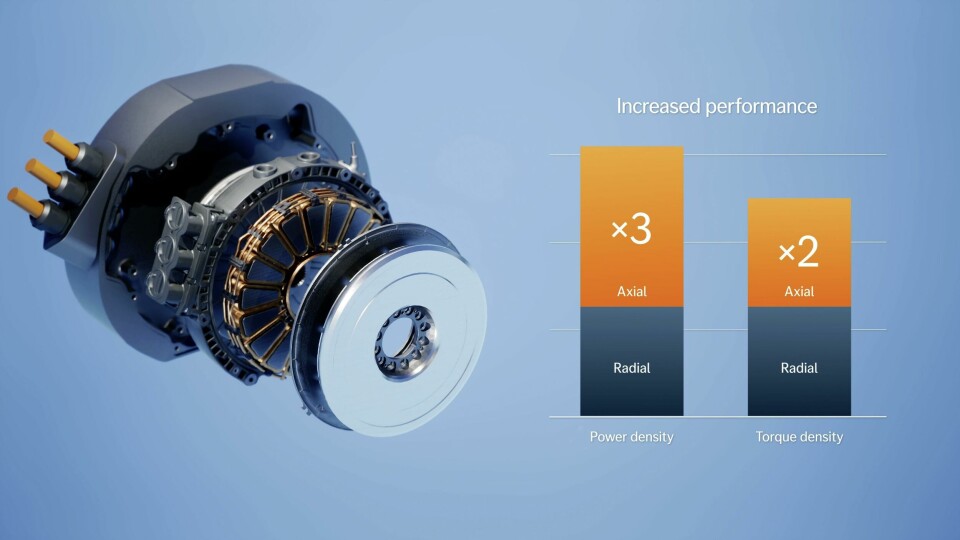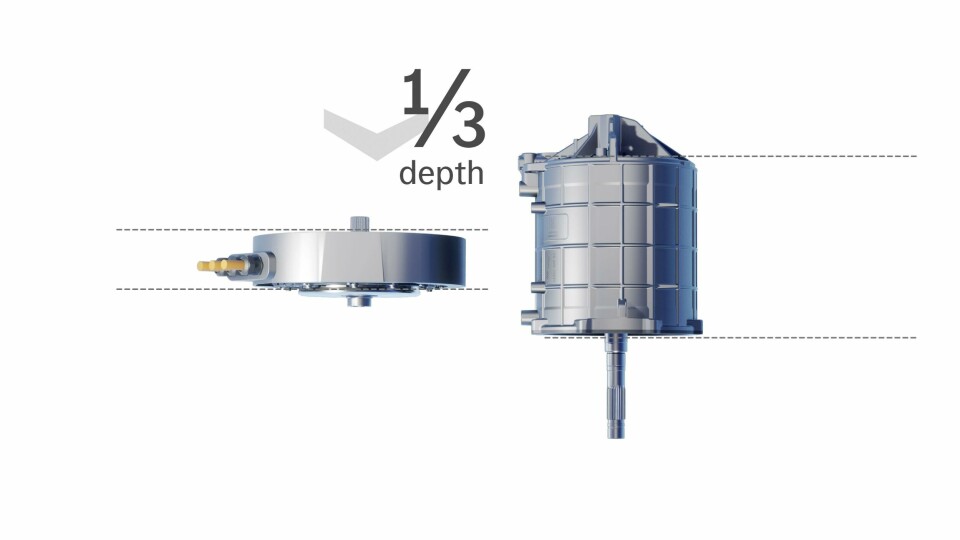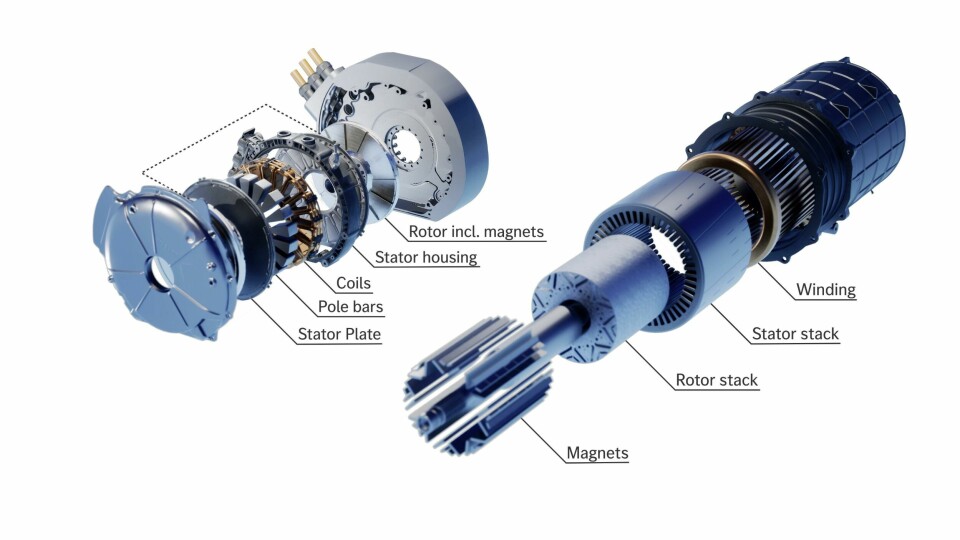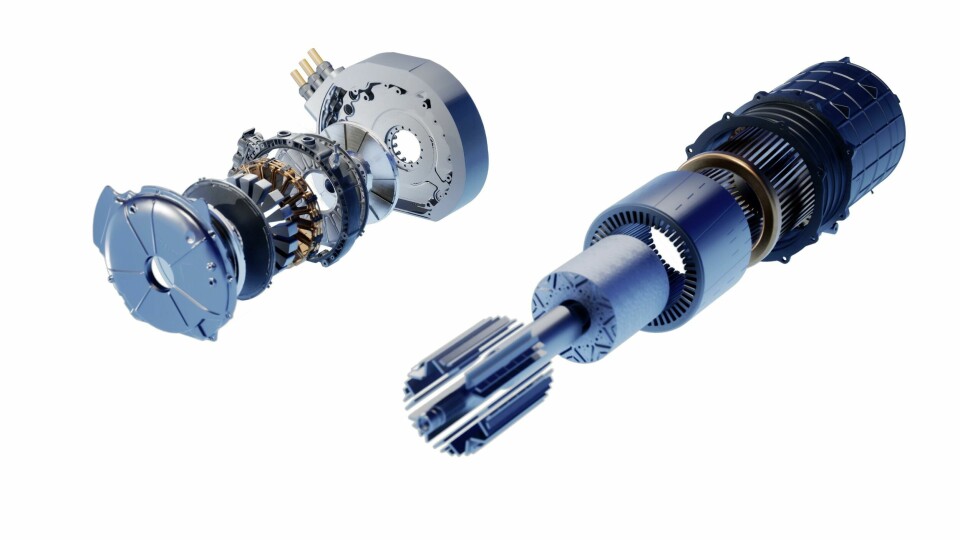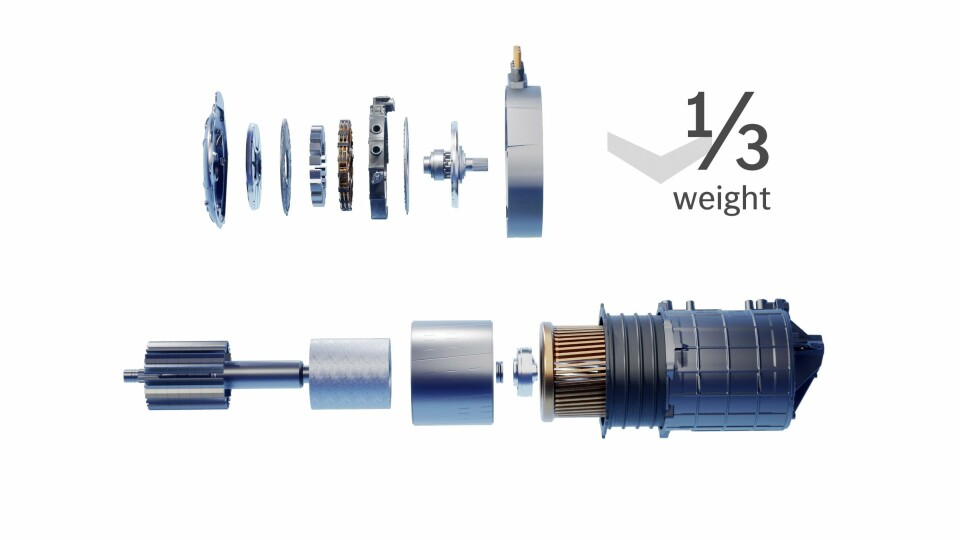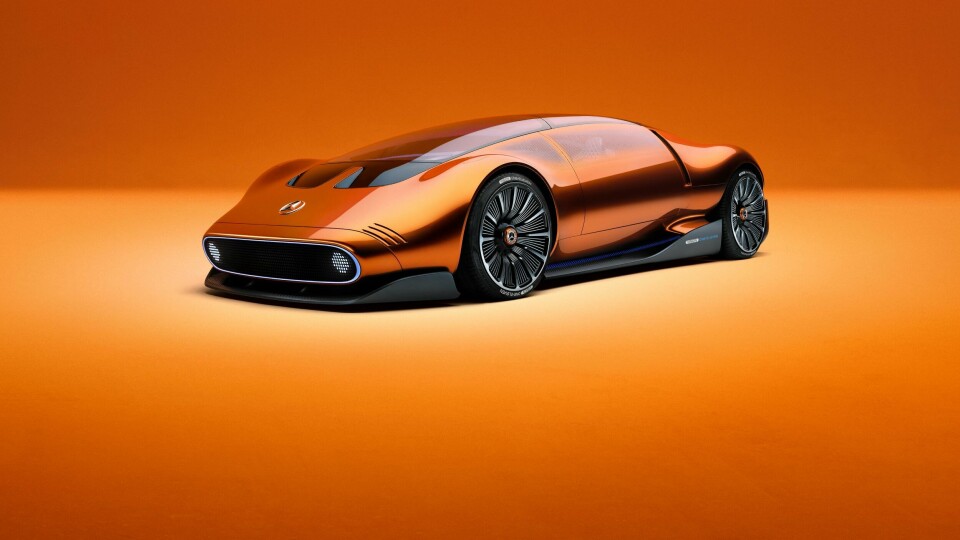
First Sight: Mercedes-Benz Vision One-Eleven – Orange Revolution
Mercedes has launched the Vision One-Eleven, which draws on the legendary C111 from 1970. Car Design News was on hand for a first-hand look
It’s been about 55 years since Mercedes-Benz developed one of the most ambitious supercars ever conceived. In 1970, it was unveiled to the public, and now Mercedes-Benz pays homage to this futuristic technology pioneer: The Vision One-Eleven directly references the historic C111, which ignited the imaginations of developers, designers, and customers back in the day – and for a long time to come.
The legendary 300 SL served as inspiration, debuting as a gullwing door model less than 15 years before the C111 and stopping production only in 1964 (as a roadster). The significant leap in design and technology from the 300 SL to the C111 within such little time underscores the spirit of innovation that prevailed in the industry at that time.
While Mercedes-Benz eventually stepped back from any plans for series production, much to the dismay of affluent customers back in the day, the C111 continued to serve as a technology testbed. Early models were equipped with rotary engines, while later versions underwent trials with high-performance diesel engines. One of the approximately 20 models built was later converted to a V8 petrol engine in order to make it driveable today, without risking any of the irreplaceable rotary prototype engines.
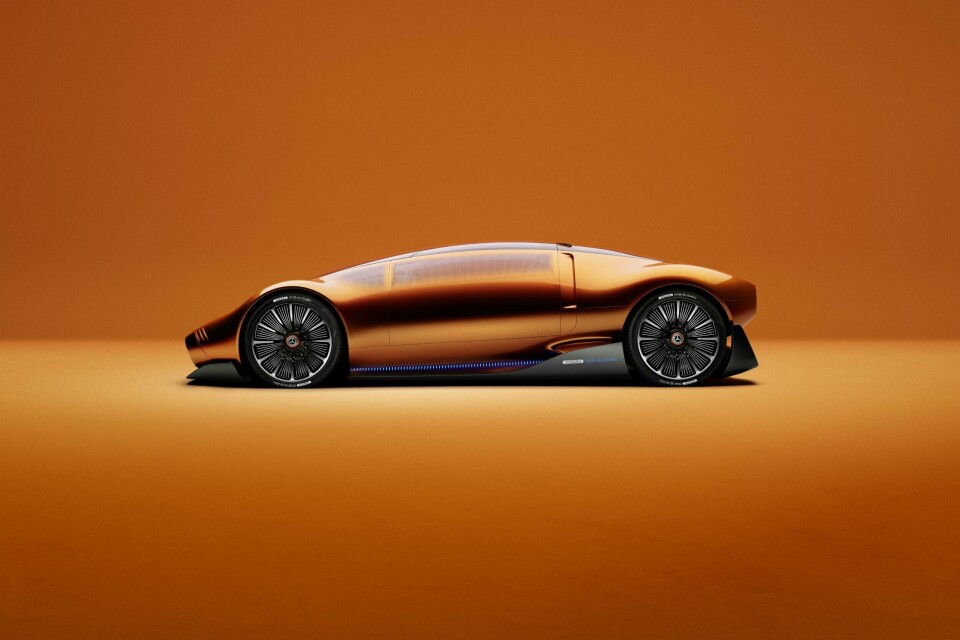
This very model now stands alongside the new Vision One-Eleven at the Mercedes design studio in Carlsbad, California. With this new concept, the Suebian company pursues several objectives: it is, like its historical predecessor, an object of design, a technology showcase, and it serves as a strategic outlook.
Chief designer Gorden Wagener says that “it combines beauty and the extraordinary into a vision of the future.” That said, a limited production run is considered unlikely. The design originates from the company’s studio in Carlsbad, California. It is here, in close proximity to the Pacific Ocean, between Los Angeles and San Diego, that Mercedes designers contemplate the future of their brands.
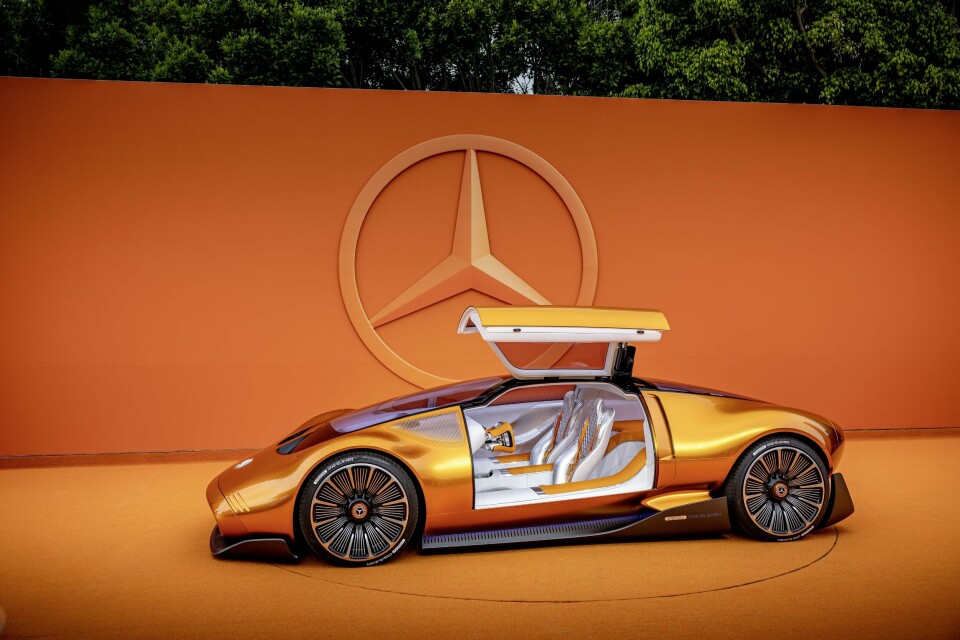
The location lends itself to the task: California’s clientele is affluent and brand-conscious, with a culture shaped by sports, fashion and aesthetics. The designers worked on the project for over two years, and now the strategic moment for its unveiling has arrived.
The shape is radical, timeless and provocative; the Vision One-Eleven presents itself as a solitary model, but it incorporates several important elements from the C111. These include the front mask and the rear end with light strips executed in pixel optics – reminiscent of the C111-2, the most famous variant of the C111. The black air intakes up front are another nod to the historical predecessor, as is the characteristic orange color scheme, rendered slightly darker and deeper, with a touch of copper.
Ingress and egress are granted through authentic gull-wing doors, which truly resonate with the Mercedes-Benz brand. The front section of the car is extremely short, the wheel arches and fenders muscular and sensual.
The painted carbon fibre flanks smoothly merge into the glass, achieved through a special printing process. This look doesn’t just evoke memories of the 1978 Bertone Sibilo concept, it also references the 2015 Mercedes F015 study, which somewhat reintroduces itself here in the form of a sports car. The Vision One-Eleven stands on 22-inch wheels with a design inspired by electric motors; the tires feature printed sidewalls. The side skirts are accentuated by vertical slits emitting blue light, highlighting the electric drive.
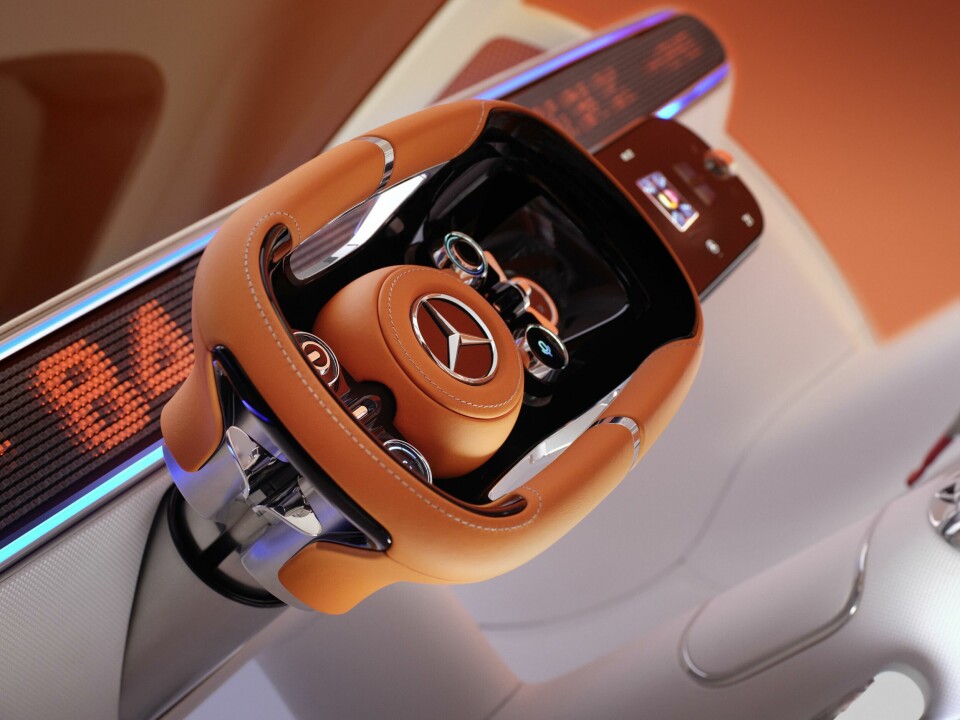
As the exterior takes cues from sports car aesthetics of the 1970s, the interior follows suit. Alongside orange, a typical colour of that era, the dominating “colours” are a radiant white and dazzling silver. The Vision One-Eleven allows the driver to take complete charge of driving, but it is also designed for autonomous driving. In autonomous mode, the seat backs move backward, transforming the airy cabin into a zone of absolute relaxation. This feature can be experienced today through the use of augmented reality glasses.
Mercedes-Benz places emphasis on authenticity of materials. That’s why the interior features aluminium, recycled fabrics - and sustainbly tanned genuine leather. This sets Mercedes-Benz apart from many car brands that prefer to utilise similarly textured synthetic materials, referred to as “vegan leather”. Standing pedals, a Formula One-style steering wheel, and a pixel-designed user interface complete the futuristic and highly unusual interior of the Vision One-Eleven.
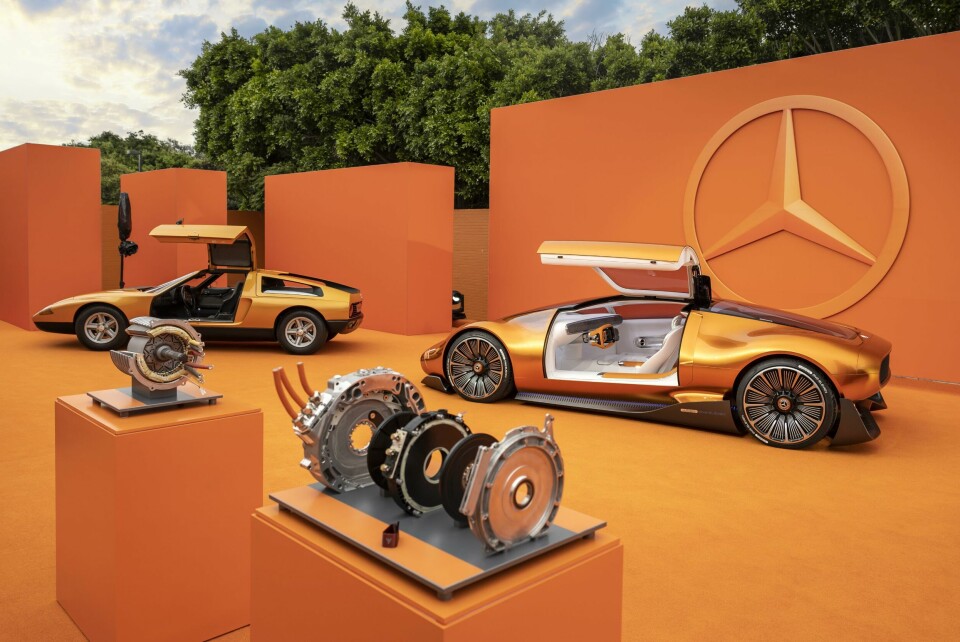
While its styling bridges the gap between the past and the future, the powertrain doesn’t look back at all. The “high-performance performance axial flux motor,” developed by British subsidiary Yasa, is considerably more powerful, smaller, and lighter than conventional electric motors.
This motor concept will be rolled out first in future AMG models and in upper market segments, but could eventually trickle down into the mass market. The motors are so small that a wheel-mounted hub application seems possible.
It remains to be seen how much of the technology and style of the Vision One-Eleven will eventually appear on actual production cars. Like on the C111, a lot of it may become mainstream, but the wildest ideas could remain a solitary exercise.
